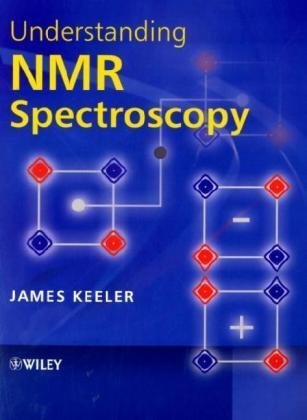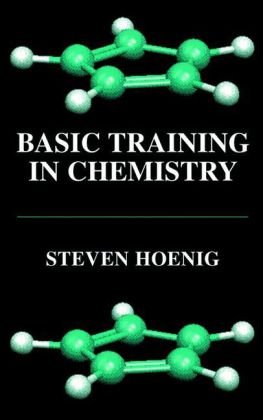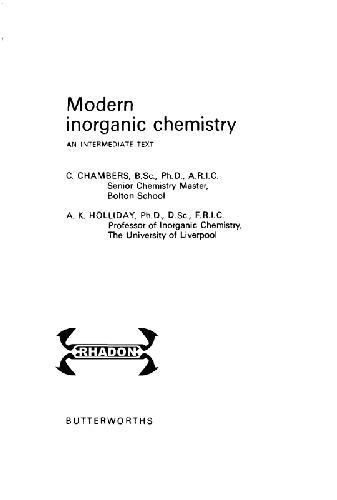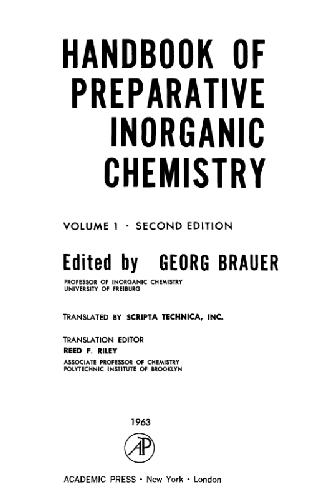de Levie R.0-511-04037-7
Spreadsheets provide one of the most easily learned routes to scientific computing. This book uses ExcelR, the most powerful spreadsheet available, to explore and solve problems in general and chemical data analysis. It follows the usual sequence of college textbooks in analytical chemistry: statistics, chemical equilibria, pH calculations, titrations, and instrumental methods such as chromatography, spectrometry, and electroanalysis. The text contains many examples of data analysis, and uses spreadsheets for numerical simulations and testing analytical procedures. It treats modern data analysis methods such as linear and nonlinear least squares in great detail, as well as methods based on Fourier transformation. It shows how matrix methods can be powerful tools in data analysis, and how easily these are implemented on a spreadsheet. It describes in detail how to simulate chemical kinetics on a spreadsheet. It also introduces the reader to the use of VBA, the macro language of Microsoft Office, which lets the user import higher-level computer programs into the spreadsheet. |
Table of contents :
Cover Page……Page 1
Title Page……Page 3
ISBN 0521642825, 0521644844……Page 4
2 Introduction to statistics……Page 5
5 Other ionic equilibria……Page 6
8 Standard mathematical operations……Page 7
10 Some useful macros……Page 8
Index……Page 10
PREFACE……Page 11
1 How to use Excel……Page 15
2 Introduction to statistics……Page 53
3 More on least squares……Page 104
4 Acids, bases, and salts……Page 135
5 Other ionic equilibria……Page 189
6 Spectrometry, chromatography, and voltammetry……Page 237
7 Fourier transformation……Page 279
8 Standard mathematical operations……Page 325
9 Numerical simulation of chemical kinetics……Page 359
10 Some useful macros……Page 389
A,B,C……Page 498
D,E,F,G,H,I,L,M……Page 499
N,O,P,R,S……Page 500
T,U,V,W,X……Page 501 |







Reviews
There are no reviews yet.